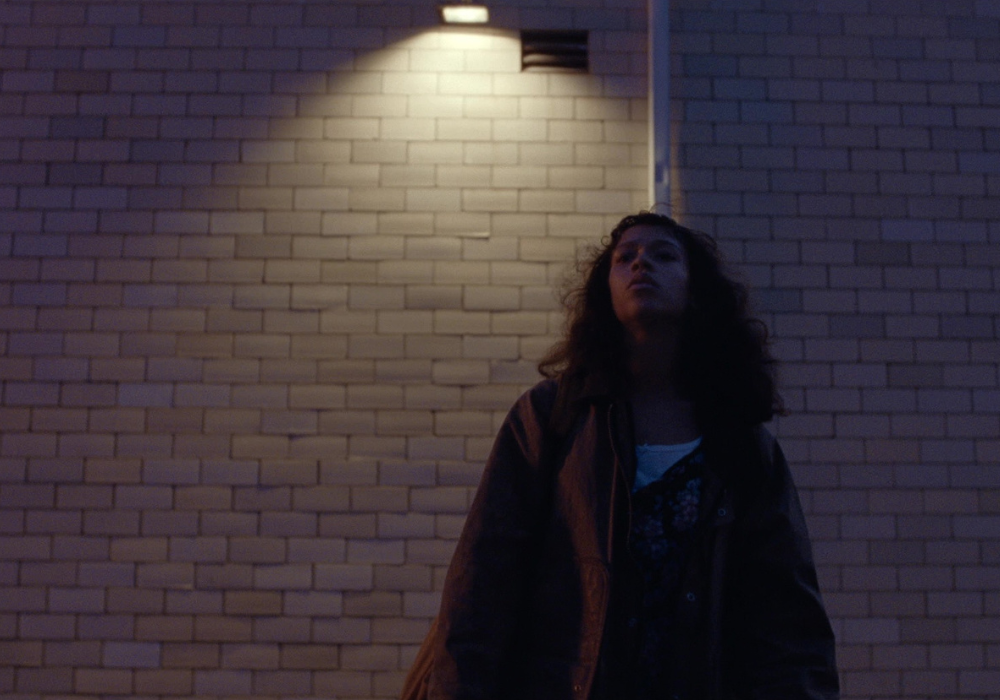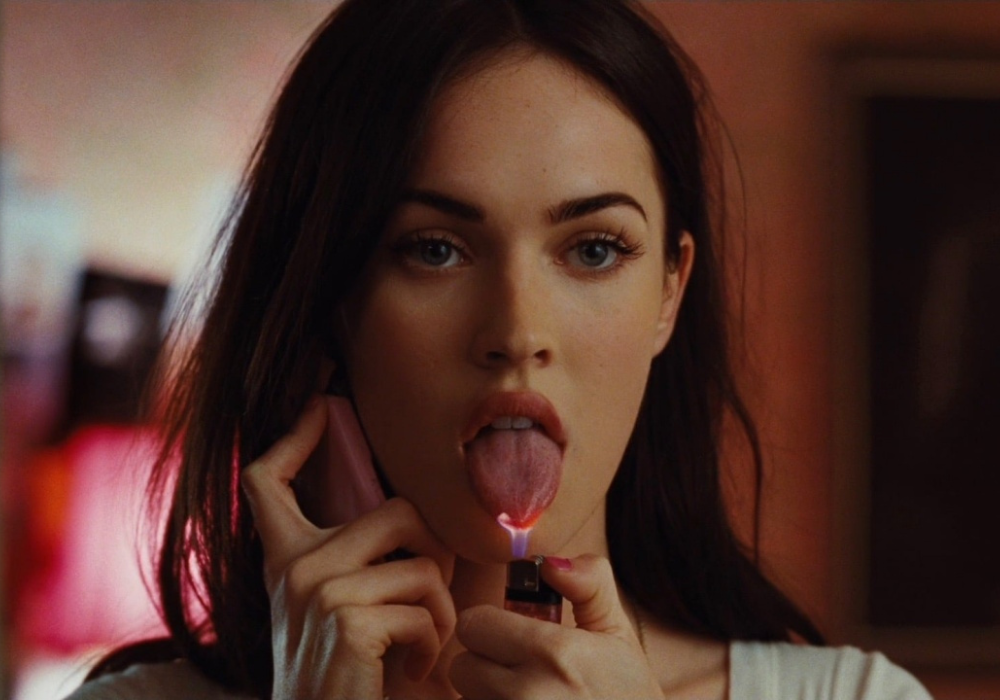
The Science of Suspense: How to Keep Audiences Hooked
Suspense isn’t just for thrillers and horror films—it’s the glue that holds any great story together. Whether you’re writing a tense psychological drama, a mystery-packed sci-fi epic, or even a romantic comedy (yes, rom-coms need tension too!), suspense is what keeps audiences on edge, engaged, and desperate to know what happens next.
But what actually creates suspense? Why do some films have audiences white-knuckling their seats, while others leave them checking their phones? Let’s break down the science of suspense—and how you can inject it into your screenplay.
1. The Power of the Unanswered Question
Suspense thrives on uncertainty. When an audience knows something is coming—but not exactly what, when, or how—it creates tension that demands resolution.
Example: In Jaws (1975), Spielberg withholds the full reveal of the shark for most of the film. The threat is there, lurking beneath the surface, but the audience doesn’t know when it will strike. That tension is what makes the attack scenes so much more terrifying.
How to use this in your script:
- Ask a question early and delay the answer. (What’s in the locked room? Who is following her? What secret is he hiding?)
- Give the audience pieces, but not the whole picture. Let them guess, obsess, and spiral into speculation.
- Stretch the moment of anticipation. Just when they think the reveal is coming… make them wait a little longer.
2. Dramatic Irony: When the Audience Knows More Than the Characters
Nothing gets an audience squirming in their seats faster than knowing a character is walking straight into imminent doom while they remain blissfully unaware. It’s the equivalent of watching someone about to send a regrettable drunk text—you see the disaster unfolding, but you’re powerless to stop it.
Example: In Inglourious Basterds (2009), Tarantino’s famous opening scene sees a Nazi officer interrogating a French farmer. The audience already knows Jewish refugees are hiding under the floorboards—but the officer does not. Every second of the scene is filled with unbearable tension because we’re just waiting for the moment of discovery.
How to use this in your script:
- Show the audience the ticking bomb before the character finds it. (Metaphorically or literally!)
- Let the audience see the danger first, then put the character in the middle of it.
- Create moments where we’re screaming at the screen: “Don’t go in there!”
3. The Ticking Clock: Time Pressure = Stress = Suspense
Nothing creates tension quite like a deadline or a looming threat that’s only getting closer. A ticking clock forces characters into high-stakes decisions and keeps the pacing tight and relentless.
Example: In Speed (1994), the premise itself is one giant ticking clock: if the bus slows down below 50 mph, it explodes. Every action scene has a built-in time limit, making even simple moments (like turning a corner) feel intense.
How to use this in your script:
- Give your characters a deadline they cannot escape. (Find the killer before he strikes again. Diffuse the bomb before it detonates.)
- Let the audience see time running out. A visual or verbal reminder of the looming deadline keeps tension high.
- Create a sense of urgency in dialogue and pacing. Shorter sentences. Faster edits. Make your characters sweat.
4. The “What Could Go Wrong?” Effect
You ever watch a character make a plan that’s way too smooth and confident? And you immediately think, Oh, this is gonna go sideways. That’s exactly why this technique works—suspense is all about expectation vs. reality.
Example: In Mission: Impossible – Ghost Protocol (2011), Ethan Hunt has to climb the outside of the Burj Khalifa using only suction gloves. The moment the plan is introduced, the audience already knows something will go wrong—and sure enough, a glove malfunctions mid-climb. The anticipation makes the scene excruciatingly tense.
How to use this in your script:
- Set up a plan that seems too easy. Then start pulling the rug out from under it.
- Give characters a false sense of security. The second they relax… hit them with a twist.
- Foreshadow failure, then let it unfold in an unexpected way.
5. Subtext: The Suspense That Lurks Beneath the Surface
Not all suspense comes from chases, deadlines, or killers in the shadows. Some of the most powerful tension comes from what’s left unsaid—the hidden conflicts simmering beneath conversations.
Example: In No Country for Old Men (2007), the coin toss scene is an absolute masterclass in subtextual suspense. Anton Chigurh plays a game of life or death with a gas station clerk, but the stakes are never explicitly stated—everything is in the unsettling pauses, the power imbalance, and the unspoken threat.
How to use this in your script:
- Let your characters lie, omit, or evade. The truth lurking beneath their words should be more dangerous than what they’re saying.
- Use silence as a weapon. Sometimes, a long, quiet pause is the most unsettling thing you can write.
- Make the audience work to figure out the danger. Let them read between the lines.
Final Thoughts: Suspense is About Control
As a screenwriter, you control the flow of information. Suspense isn’t just about big moments or shocking twists—it’s about when and how you reveal the pieces of the puzzle.
Mastering suspense means keeping your audience in a constant state of curiosity, tension, and anticipation—whether they’re watching a car chase, a coin toss, or a conversation at a dinner table. Keep them guessing, keep them waiting, and most importantly… keep them hooked.

